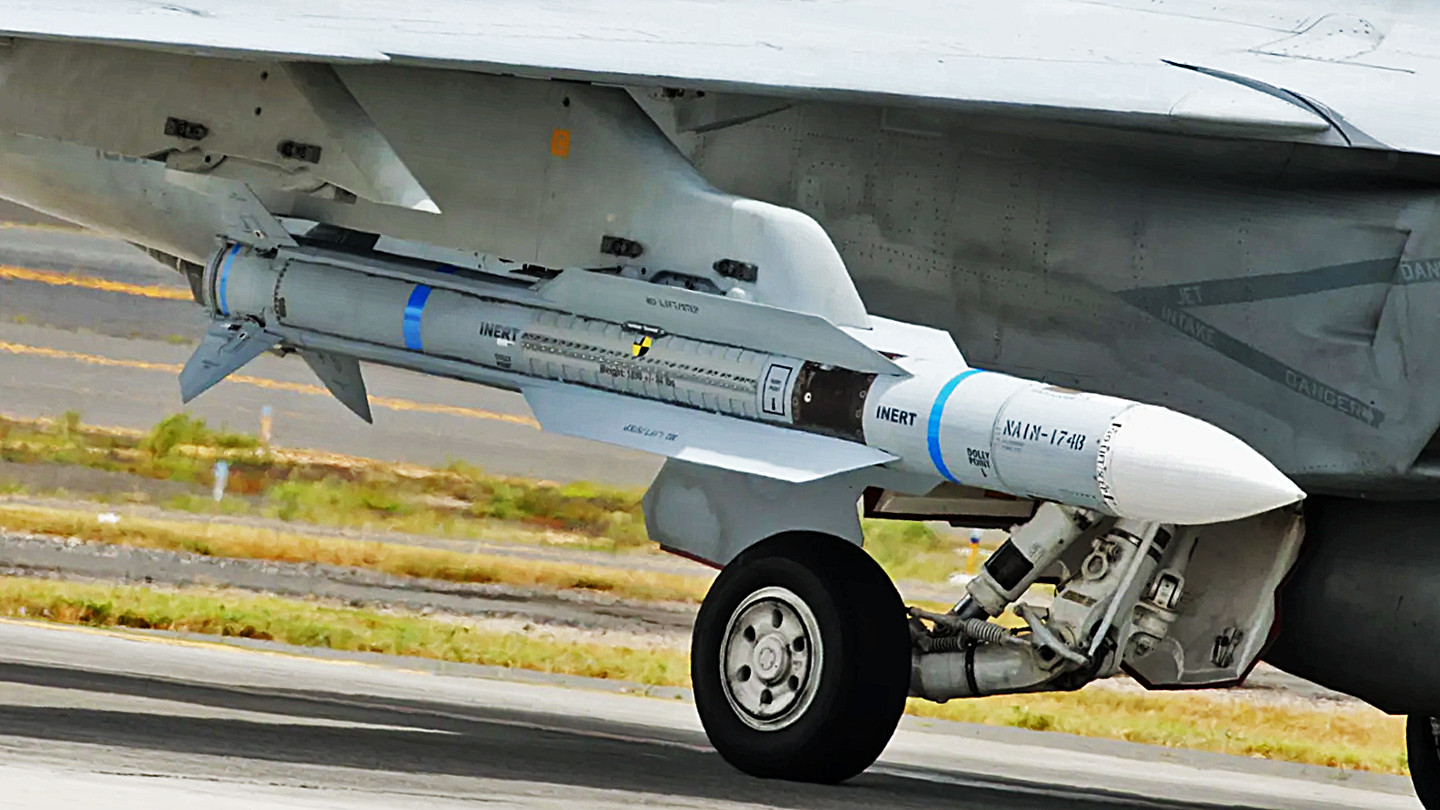Now that the U.S. Navy’s air-launched variant of the multi-role, long-range surface-launched SM-6 missile, the AIM-174B, has been officially acknowledged, we are getting a clearer view of the service’s master plan for countering China in the air-to-air combat arena.
The inclusion of the AIM-174B in the Navy’s inventory now points to a four-tier air-to-air missile portfolio that appears tailored to help pierce Beijing’s anti-access overlay that extends far from its shores. It offers the Navy a new way to degrade China’s ability to cordon off Taiwan and provides a level of aerial protection to naval assets from long-range attacks the likes of which we have never seen before.
.
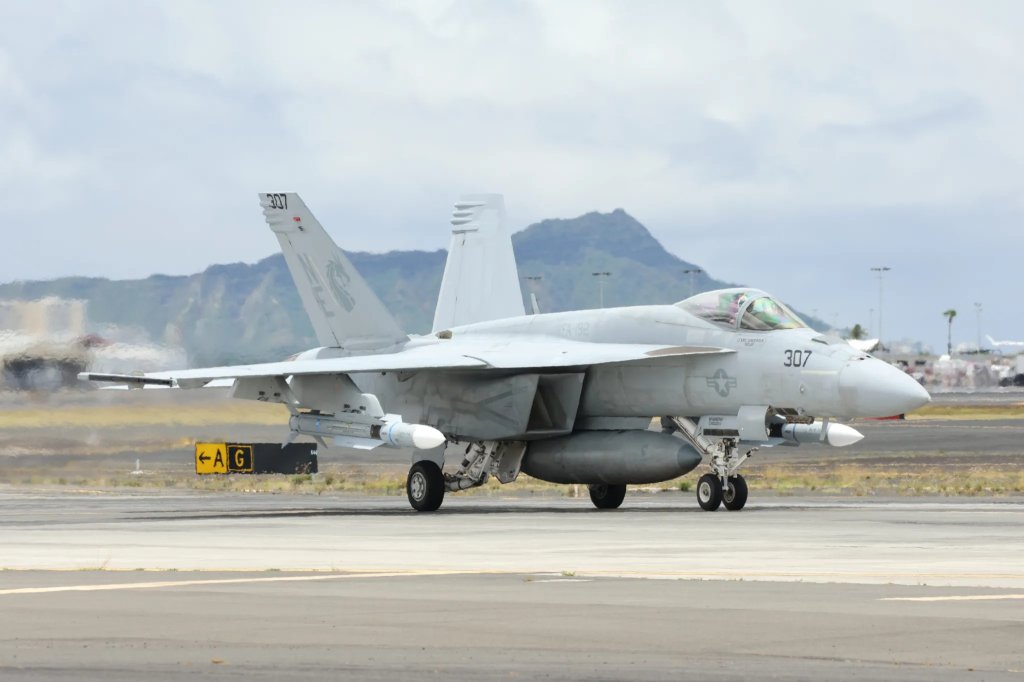
Although we knew the Navy had been testing an air-launched SM-6 derivative for years, at least in some capacity, the fact that it is an operational weapon only came to light last week. TWZ was among the first to report that this new weapon had broken cover, appearing under the wings of fleet Super Hornets participating in the Navy’s massive RIMPAC exercises in Hawaii. You can read our complete analysis of this long-awaited revelation here. Since then our friends over at Naval News got confirmation from the Navy that the missile was now in operational service with its fleet squadrons. TWZ has since received the same statement, which reads:
“The SM-6 Air Launched Configuration (ALC) was developed as part of the SM-6 family of missiles and is operationally deployed in the Navy today.”
The designation of the AIM-174B is, at least taken at face value, significant. The AIM designation is for weapons with a primary air-to-air function. This does not mean this missile does not retain the SM-6’s secondary capabilities — acting as a quasi-ballistic missile capable of striking ships and land targets with a high chance of survivability and over great distances — but it does highlight its primary mission set.
With this in mind, the AIM-174B takes its place as by far the longest-range air-to-air missile ever fielded by the seagoing service. The SM-6 has a stated range of well over 200 miles when launched against aerial targets from the surface. This includes the use of a booster to send it on its way, which is not included in the air-launched version, and this general range figure is highly dependent on many factors, including the speed, direction, altitude, maneuverability of the target, and more. Its use to shoot down ballistic missiles in the terminal stages of their flight, as they are careening toward their targets through the atmosphere, is another flight profile altogether, as are its surface strike and land attack ones. Also, published figures are often severely degraded for security purposes, so the actual range of the SM-6 remains unknown, especially across its various use cases. Regardless, launched from altitude and speed by a fighter, its range would be extended quite dramatically, giving it the ability to hit some aerial targets over multiple hundreds of miles.

The AIM-174B will now take its place among its stablemate air-to-air missiles, both in service and about to be in service. In the near future, the Navy will have the following complementary weapons in its air-to-air combat arsenal:
The AIM-9X Block II exists for close to intermediate-range engagements, with future enhancements extending its range even further. Then there is the AIM-120 AMRAAM which can engage targets from within visual range to medium ranges, and now outwards of 100 miles in its latest variant, the AIM-120D. The AIM-260 Joint Advanced Tactical Missile (JATM), which remains deeply classified, but is also far along in its development, will have a similar form factor as the AIM-120. This will allow it to be internally carried on the F-22 Raptor, for instance, but offering significantly greater ranges than the AMRAAM. The U.S. military has said explicitly in the past that concerns about increasingly longer-range Chinese air-to-air missiles have been a key driver behind work on the AIM-260. Even an extra 50 miles would give JATM a huge boost in capability over the AIM-120D. Better end-game energy state and multi-mode seeker would further boost its comparative abilities. As such, it would sit atop the AIM-120 as a long-range air-to-air weapon, with some significant overlap. Networking capabilities on all these weapons also give them the ability to leverage third-party targeting and all the guileful tactics that come with that feature set.
Then we have the AIM-174B.
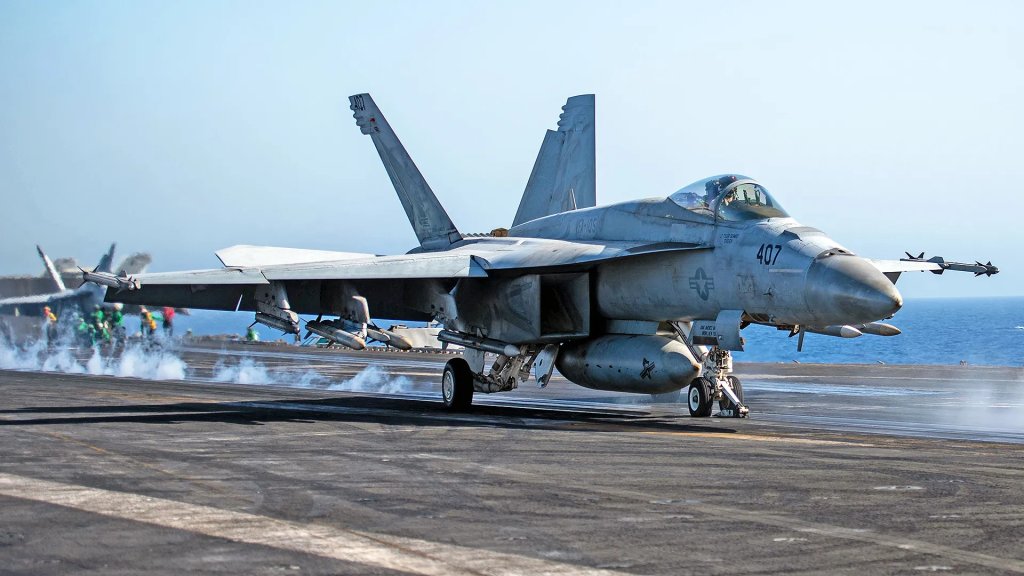
This would truly be the ‘big stick’ of the ‘outer air battle,’ even extending far beyond that realm for certain target types. Its range, by default, outstrips the traditional organic sensor capabilities of its launching aircraft. This puts it in a different class than any of its companion weapons, although the AIM-260 could blend into the arena as well. Such a capability is relevant in many ways, but especially so in two distinct scenarios.
Fleet Defense:
China poses a major threat to carrier strike groups unlike any we have seen, ever. The height of the Soviet-era cruise missile threat was quite remarkable, but Beijing’s ability to layer in many types of anti-ship weapons, including anti-ship ballistic missiles of various types, especially those with very-long range, is a uniquely vexing problem. Hypersonic weapons will emerge as another anti-ship threat, as will swarms of drones. Having SM-6s pushed far farther out from the carrier strike group via air-launch allows for targets to be engaged at distances that current sea-launched anti-air weapons cannot come close to reaching. For instance, putting Super Hornets on station 250 miles from the carrier strike group with AIM-174Bs onboard will provide a massive increase for engagement ranges and the amount of physical sky that can be put at risk at any given time.
While many have asked if the AIM-174B is a new AIM-54 Phoenix, and understandably so, the answer is no. This weapon is far, far more capable, versatile, and long-reaching than an AIM-54 ever was. Above all else, it is meant to make use of future ‘kill webs’ that will extend over large portions of entire hemispheres of the earth, not just a localized battle zone. This, in particular, is maybe the biggest feature of the AIM-174B — it is a weapon meant to leverage future kill web architectures that will see much more advanced data sharing over vastly greater distances and will be able to exploit that information far faster than ever before.
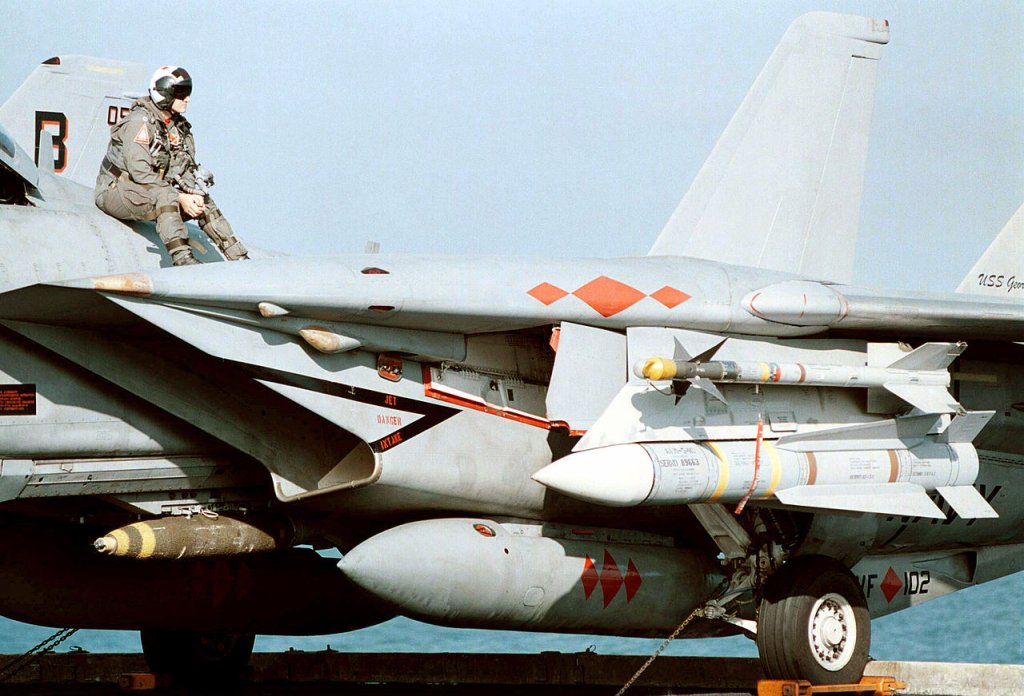
If the AIM-174B retains the SM-6’s anti-ballistic missile capability, which there is no reason to think it doesn’t, it could also extend the coverage of this terminal defense farther than what a surface combatant can offer today and on short notice. You can rapidly deploy aircraft armed with these missiles where the area under ballistic missile threat is likely to be. As long as existing sensor networks can support targeting in that area, the missiles can be fired against incoming missiles remotely. This would allow for Super Hornets to protect islands, convoys, and other assets from ballistic missile strikes. Super Hornets carrying AIM-174s paired with an Aegis-equipped destroyer in the area could expand the ship’s terminal missile defense umbrella significantly, for instance.
The missile’s ability to be used to engage hypersonic weapons — the SM-6 is the only known U.S. missile interceptor that can theoretically do this today — will allow for screening of these weapons as needed wherever the kill web will support it. This would be highly important for countering air-breathing anti-ship hypersonic cruise missiles far from a carrier group or other high-value target area.
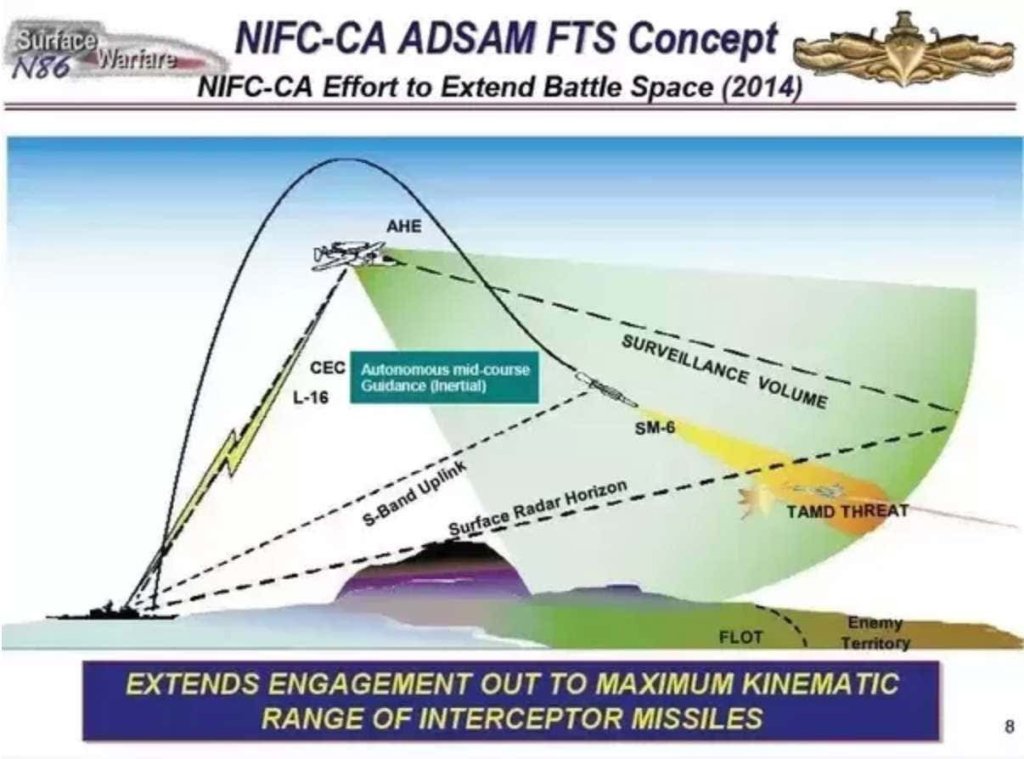
When thinking of China’s own kill chain limitations, the AIM-174B puts critical surveillance aircraft that would target American ships at risk of being taken out at the edges of their sensor capabilities. Without this initial targeting data and potentially without mid-course updates these platforms would provide, long-range anti-ship weapons, like ballistic missiles, will not be able to be employed or they would only do so in a highly degraded state.
The same can be said for targeting enemy cruise missile carriers along the periphery of their maximum launch distance. This would be key to the fleet defense mission as ‘shooting the archer’ is always the preferable solution to engaging their ‘arrows’ individually as they scream toward their targets. Neutering China’s H-6 cruise missile carriers, which can be armed with subsonic and high-speed cruise missiles (YJ-12), as well as air-launched anti-ship ballistic missiles, at great distances without the need for long-range tanker support is a massive and needed capability enhancement for the U.S. Navy. This would allow these dangerous aircraft to be neutralized well before entering launch range while also taking into account the F/A-18E/F’s range limitations.
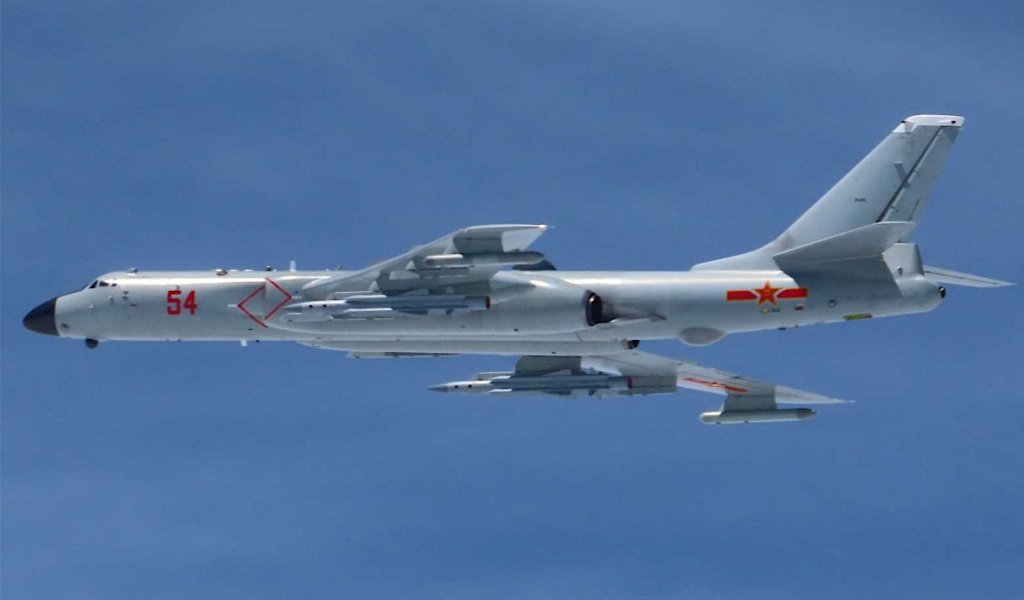
So we are talking about a massive leap in fleet defense here, as well as other area air defense roles, and that is just when talking about the SM-6’s air-launched derivative’s air-to-air potential.
High-Value Asset Attack:
During a U.S. military response to a Chinese intervention against Taiwan and any similar expeditionary scenario, American fighters will be hard-pressed to get within the range of their current air-to-air missile options to successfully engage and destroy PLA aircraft, and especially those that will be critical to such an operation. The vulnerability of American tanker aircraft alone that would be needed to support such a fighter force operating near the strait is a huge Achilles heel we have been pointing out in great detail for many years. So just accessing that fight, piercing China’s anti-access bubble so that tactical airpower can be brought to bear, is a massive hurdle, one that AIM-174B can help overcome.
It isn’t clear what the capability of the AIM-174 — or the SM-6 in general — is when it comes to engaging fighters over very long distances. But lumbering aircraft that enable those fighters are an entirely different story. The AIM-174B would likely best be used to leverage the emerging kill web that utilizes sensors in the air, at sea, on the ground, and in space, to target very high-value, low-density enabling support assets over long distances.
Think airborne early warning and control, maritime patrol, electronic warfare, and surveillance aircraft, as well as tankers.

By using the AIM-174B’s extreme range to go after these large, low-maneuverability, critical assets, even well behind the front lines, China’s anti-access capabilities will begin to degrade, allowing for tactical aircraft, as well as their own support assets, to venture closer to the fight. It will also put their dependent assets, like fighter aircraft and warships, at greater risk of attack. In other words, this stabs the aerial eyes and ears out of the enemy’s force, depleting its situational awareness and eroding its own kill chains while opening up avenues of exploitation for allied forces.
The possibility of modifying the air-launched SM-6 with a dual mode anti-radiation seeker could also help them better target airborne early warning and control aircraft with greater autonomy. These aircraft would be the absolute top targeting priority and they represent a capability set China is investing very heavily in, which you can read all about here. However, such modifications may not be a necessity as future kill webs could provide tracking of these assets, including from space.
As the fight progresses, Super Hornets carrying AIM-174Bs could support stealthy, deep penetrating F-35s by launching on targets they identify far forward in the air battle. This mix of 4th and 5th-generation fighters aided by long-range air-to-air missiles is something we have been discussing in detail for many years, but the fully networked, very long-range air-launched SM-6 would enable such tactics like never before.
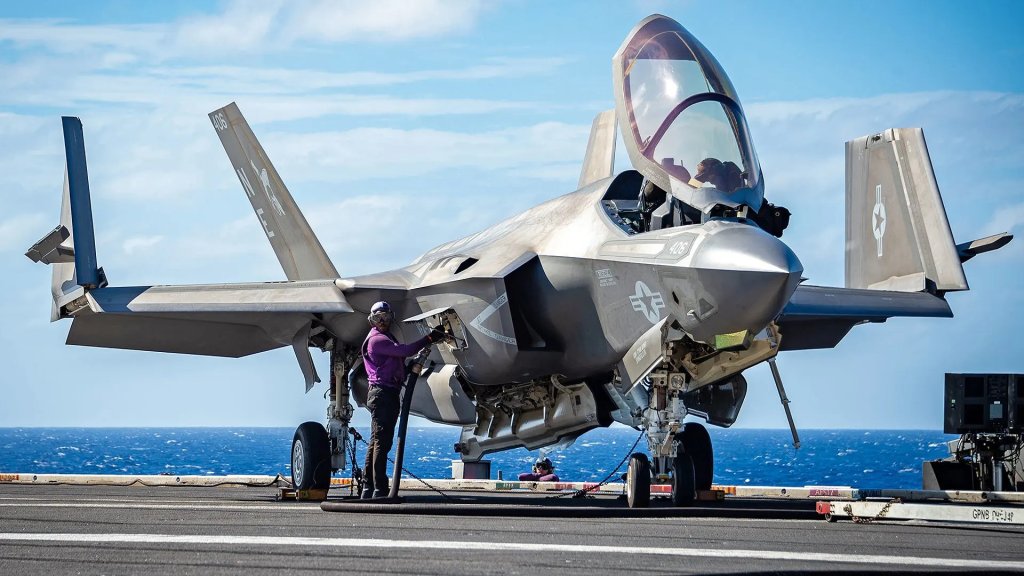
Once again, these are just two of the critical scenarios where the AIM-174B could play absolutely crucial new roles and fill large gaps in the Navy’s current roster of anti-air capabilities. And, once again, this does not even go into using the weapon in the anti-ship and land attack roles, which could literally be a game changer for breaking down China’s anti-access overlay. Just the fact that a weapon that will sit atop the future AIM-260 in the service’s air-to-air missile arsenal is a key revelation and more long-range air-to-air weapons are likely to come.
There are still many questions, of course, about what applications the Navy will focus on for the AIM-174B early on. Also, the limited number of these weapons and their very high cost, coming in at over $4M each for their surface-launched counterparts, are top of mind. With the U.S. Army also buying these missiles for use as ground-based surface-to-surface strike weapons on top of the Navy for surface launch and now air launch, and limitations in production that exist today, we are likely to see a major push to expand production even further.

There is also the question of the U.S. Air Force. This would be a perfect weapon for the F-15E and F-15EX, and even the B-52 and B-21, especially if adapted for the USAF’s own kill web architecture. For all we know such an initiative could already be underway.
Finally, it would be interesting to see if a simpler variant of this weapon can be produced without the active radar seeker. This variant could be optimized for striking sea and land targets alone, possibly with a less costly imaging infrared seeker or no seeker at all for use against basic static land targets. This could lower cost, speed up production, and leave active radar variants for use cases that make more sense. A version equipped with the AGM-88G AARGM-ER’s dual mode seeker — both active millimeter-wave radar and anti-radiation — would be extremely deadly against ground-based air defenses, even those that are on the move. A weapon like this would serve a major role in breaking down an enemy’s ground-based anti-access capabilities so that other aerial assets — from stealth fighters to cruise missiles to drones — can penetrate to their target areas.
Hopefully, with the weapon clearly being declassified ahead of the RIMPAC 2024 we could see it tested during this event or at least learn more about it and the Navy’s plans behind it. We’ll keep you informed as to any new developments.
Contact the author: Tyler@twz.com
